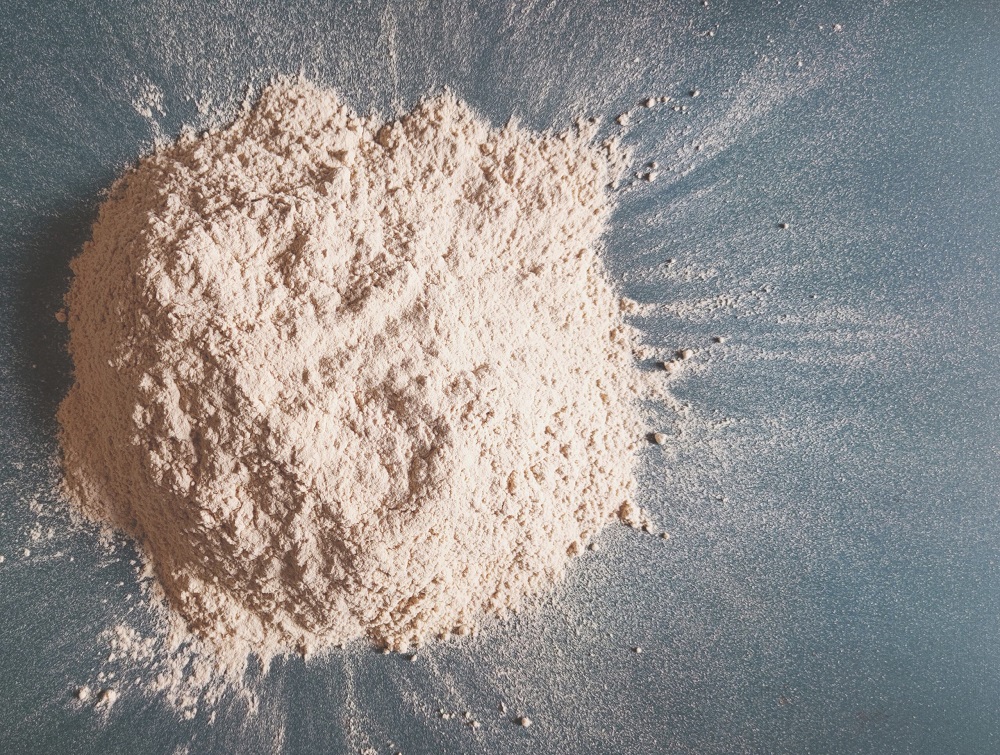Cultural
Unlike industrial production, handicrafts rely on the skillful and creative craftsmanship. The items, besides being applicable, bear in themselves the unique local spirit. The cultural content in handicrafts are, therefore, much more appreciated compared to large scale factory-made goods. They reflect vividly the culture, ideology and society of the time they are made. We can in some way understand the Era of the great king Hung Vuong through the bronze drums of Dong Son or Ngoc Lu cultures. In the modern days, handicrafts with decorative patterns of Vietnamese culture, history and legends have been exported broadly to other countries, giving people around the world a grasp of our culture.
This is probably the greatest appeal of handicrafts to international visitors. It creates an enormous advantage for handicraft items as special souvenirs after their trip. Only those made in Vietnam will contain the Vietnamese cultural identity. They are not merely goods, but rather highly artistic cultural products, and are considered the symbol of Vietnam’s traditional crafts. They also boost cultural exchange between countries and ethnicities.
Artistic
Each handicraft item is a piece of art that is both applicable and aesthetic. They are a combination of intricate craftsmanship and artistic creativity. Despite using extremely simple materials such as a rock or coir, the artisans, with their skillfulness, are able to create valuable artworks. The delicate drawing lines and engraving patterns on the products, or their unique designs have caught the attention of foreign customers at international trade fairs like EXPO, fairs in New York or Milan, etc.
Individual
All handicraft products have individuality and distinct identity of their village of origin. Although all ceramics wares, people can certainly tell between Bat Trang, Tho Ha, or Huong Canh products looking at their pattern designs and enamel colors. Individuality also comes from Vietnamese cultural identity that cannot be found in Chinese or Japanese products, no matter how diverse they are.
Diversified
Diversity is shown in the production methods, materials, and the cultural aspect of the products. Materials to make handicrafts can be brick, clay, sedge, or coir, etc., which will each result in different products that give users distinct feels. Diversity is also present in the cultural characteristics that reflect the location and the time they are made in.
Hand-made
We can see this trait that they are made by hand right from the word “handicraft”. Not only is this a special feature itself, it also contributes to other attributes of handicraft products. Because all items are made by hand, each of them is one of a kind and a work of art by the artisans. This very feature is what earns the love of people for handicrafts, and what allows them to compete with modern industrial products, though they might not be as useful and convenient.



